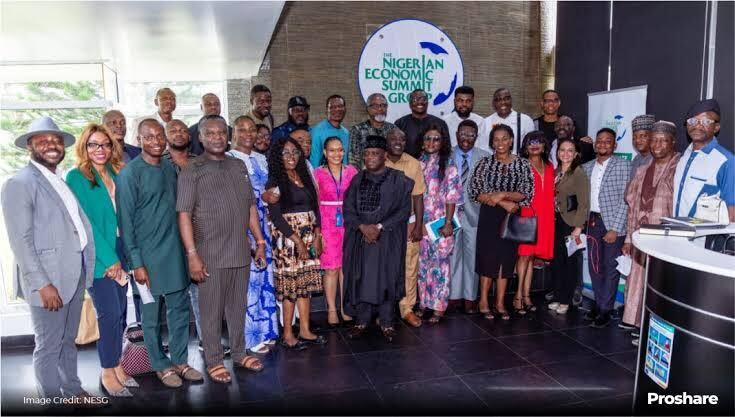Nigeria tourism faces challenges as heritage sites and attractions remain neglected, limiting economic growth and global appeal
Nigeria tourism remains vastly underutilised, despite the country being home to a wealth of natural wonders, cultural heritage, and historical landmarks capable of attracting millions of visitors annually.
From the suspended Iyake Lake in Oyo State to the iconic Yankari Game Reserve in Bauchi, many attractions are fading into neglect due to poor governance, inadequate infrastructure, and lack of security.
Iyake Lake, perched atop Oke Ado Mountain in Ado-Awaye, is one of only two recognised suspended lakes in the world. Local leaders have long lamented governments’ failure to maximise its economic potential.
Concrete staircases constructed by residents for visitors have been washed away, leaving the site difficult to access. Pa Nasiru Oladokun, a community leader, urged the state government and private sector to invest in the lake to create jobs and boost local revenue.
Other sites, such as Erin-Ijesha Waterfalls in Osun State, Osun Osogbo Sacred Grove, and Idanre Hills, face similar neglect. Poor maintenance, dilapidated access roads, and minimal marketing undermine their potential.
Prince Isaac Fayose, who recently visited Erin-Ijesha, described the site as being disrespected due to poor upkeep, with unsafe paths and inadequate lodging.
Nigeria’s cultural festivals, once significant revenue earners, also suffer. The Argungu Festival, which attracted over 500,000 visitors annually, was suspended for a decade due to insecurity. Although revived in 2020, concerns about safety still deter domestic and international tourists.
Experts argue that these challenges are rooted in weak governance structures. Polycarp A. Igbojekwe, Professor of Hospitality Management at Imo State University, stated that local councils are often excluded from tourism planning, leaving communities unable to benefit from local attractions.
Professor Bola Adeleke of Redeemer’s University emphasised that deliberate policies, community engagement, and private-sector involvement are essential to unlock the sector’s full potential.
Comparisons with other African countries, such as Kenya, illustrate the opportunity cost. Kenya recorded over 2.39 million international tourists in the first five months of 2025, contributing to nearly 20 per cent growth in tourism revenue.
Meanwhile, Nigeria, despite having over 65 sites identified by the National Commission for Museums and Monuments (NCMM), has only two UNESCO World Heritage Sites: Sukur Cultural Landscape and Osun Osogbo Sacred Grove.
Officials from the Nigerian Tourism Development Authority (NTDA) have attempted to modernise tourism promotion through digital platforms and stakeholder engagement.
South West Zonal Coordinator Alice Akinsola noted initiatives like village outreach and festival participation to correct misconceptions about Nigeria. Yet, without coordinated action by state and local governments, many of these efforts remain limited in impact.
Professors Ajani, Adeleke, and Igbojekwe emphasise that Nigeria can harness tourism for sustainable economic transformation if the government invests in infrastructure, prioritises security, engages communities, and promotes private-sector participation.
As it stands, Nigeria is losing hundreds of millions of dollars annually due to underdeveloped tourism sites and neglected heritage.

 Business3 years ago
Business3 years ago
 Events3 years ago
Events3 years ago
 Culture3 years ago
Culture3 years ago
 Culture3 years ago
Culture3 years ago
 Events3 years ago
Events3 years ago
 Events1 year ago
Events1 year ago
 Paranormal3 years ago
Paranormal3 years ago
 Events2 years ago
Events2 years ago


































